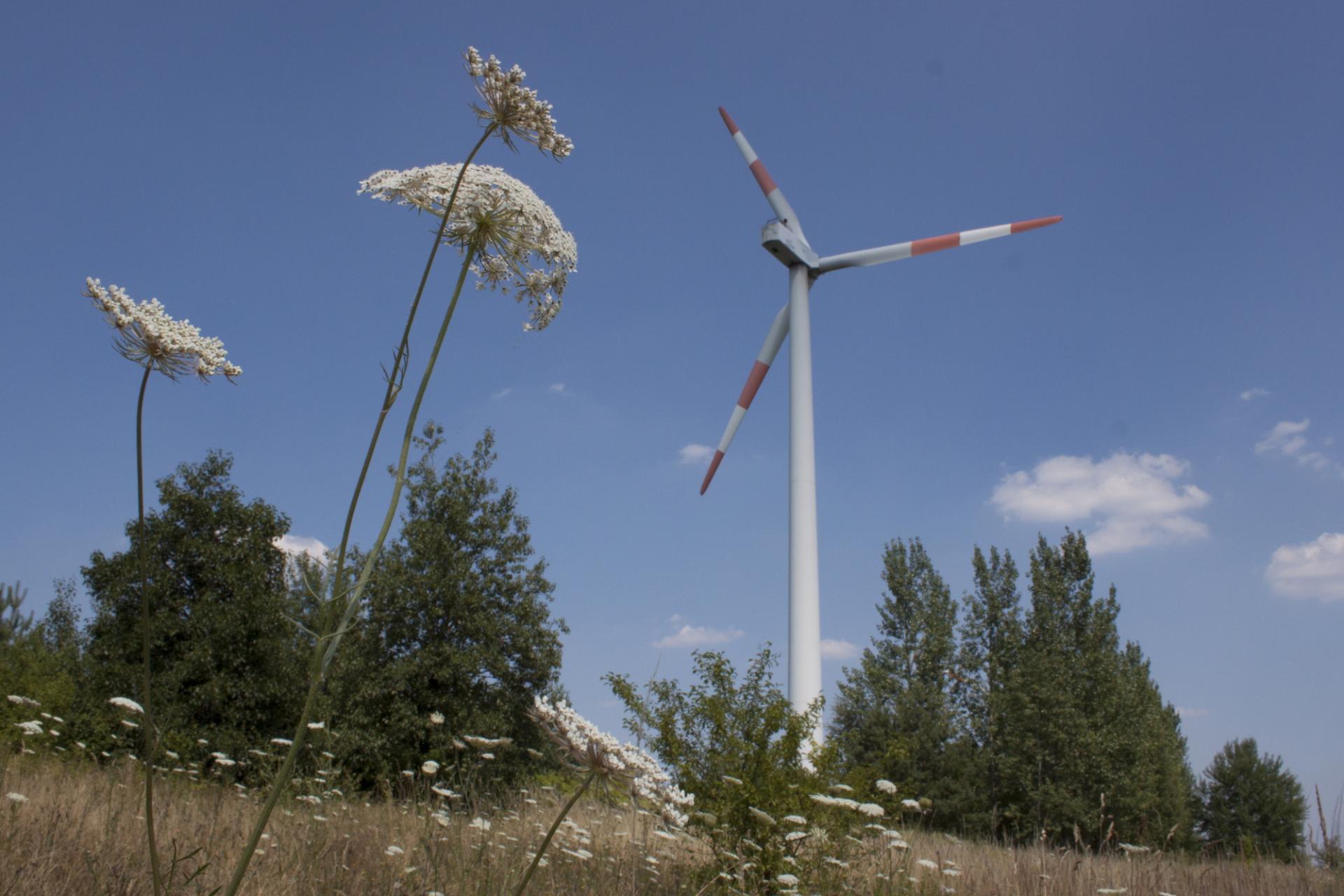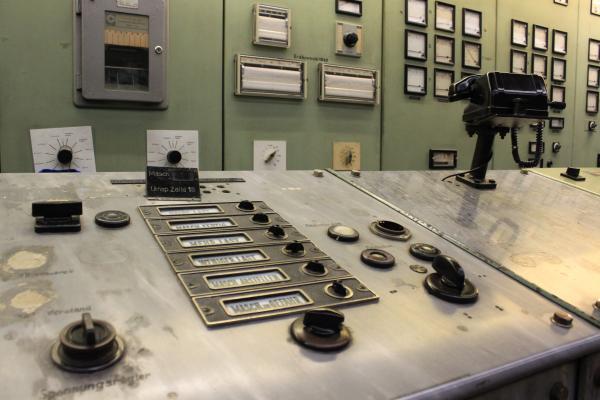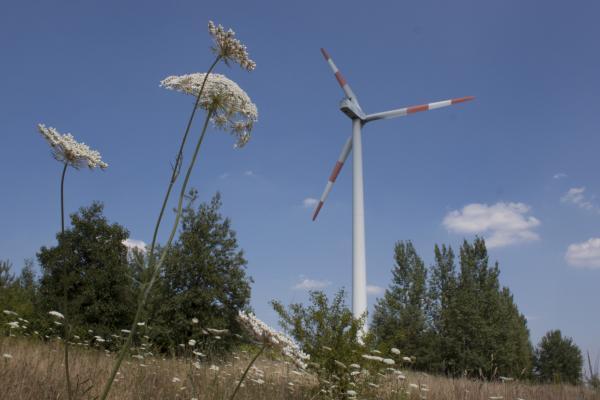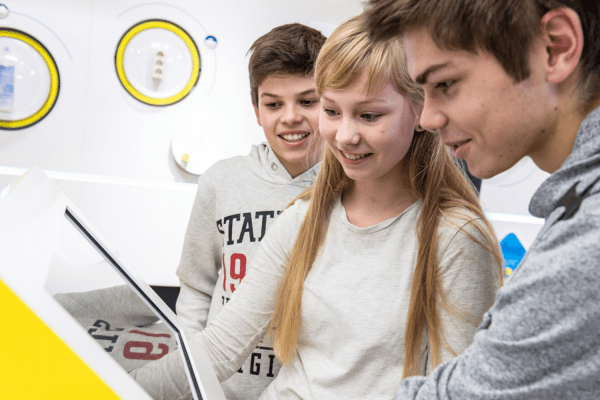Since the beginning of the 1990s, the former ecological hotspots have been transformed into a unique tourist testimony to industrial history - with a conscious reflection on their roots. On the KOHLE | DAMPF | LICHT | SEEN adventure route, visitors can experience one of the greatest structural changes in the German economy at first hand. But the tourist interest is not only directed to the past.
The tourist experience route KOHLE | DAMPF | LICHT | SEEN leads through the once powerful Central German industrial region. Industrialists such as Hugo Junkers and Walther Rathenau, AGFA in Wolfen or huge open-cast lignite mines wrote German industrial history here and produced technical innovations and products of world fame in their heyday. The lignite mining area once supplied Berlin's industry with energy from the Zschornewitz power plant, and the area's processing industry fed the German economy.
Today, wind turbines can be seen along the adventure route, such as on the "Barbarahöhe". The area around the "City of Iron" at Ferropolis vividly illustrates the interplay between mining and renewable energies. And formats such as the "Energieavantgarde Anhalt" and the "Forum Rathenau" deal with modern forms of energy production. Economic participation and a socially and environmentally compatible expansion are the basis for the acceptance of a decentralized energy industry in the World Heritage Region and the Central German Mining District. The regional actors of the energy industry take a special role by letting citizens benefit from community energy concepts and implement the conditions for a generation-appropriate resource use for practice. For this purpose, necessary technical, economic and socio-cultural changes shape partners such as the municipal utilities of the region, companies in the renewable energy sector and many municipalities and counties together.
Ferropolis: between lignite past and renewable energies
The area around the "City of Iron" vividly illustrates the interplay of past and present, of mining and renewable energies.
Forum Rathenau in Zschornewitz
The decommissioned Zschornewitz power plant, once the largest lignite-fired power plant in the world, is a place with great charisma that is to become a nucleus for new impulses in the energy industry.
energy renovation of the Bauhaus Dessau
In the extensive renovation work of the historic Bauhaus building, an important goal was to reconcile the preservation requirements of the World Heritage Site with the requirements of sustainable use - and in particular to optimize the energy efficiency of the building.
Wind farm on the high dump "Barbarahöhe
A wind farm was built on the spoil heap of the Gröbern open pit mine after it was closed down.
Futurea Science Center
What do hunger in the Third World, the environmental compatibility of diesel vehicles, daily dental care or the artificial production of natural substances have to do with Wittenberg's historic marketplace?



